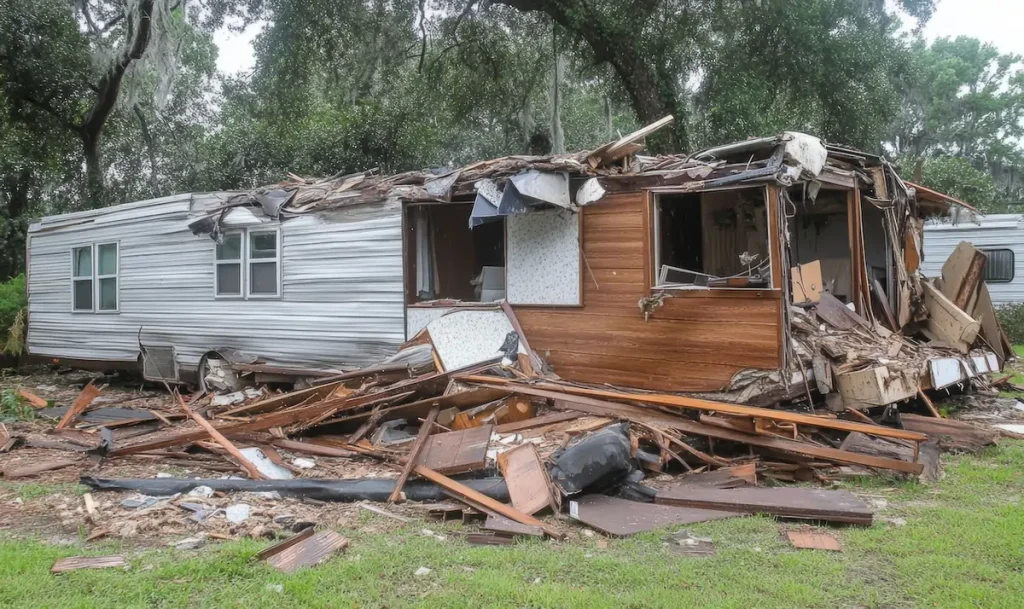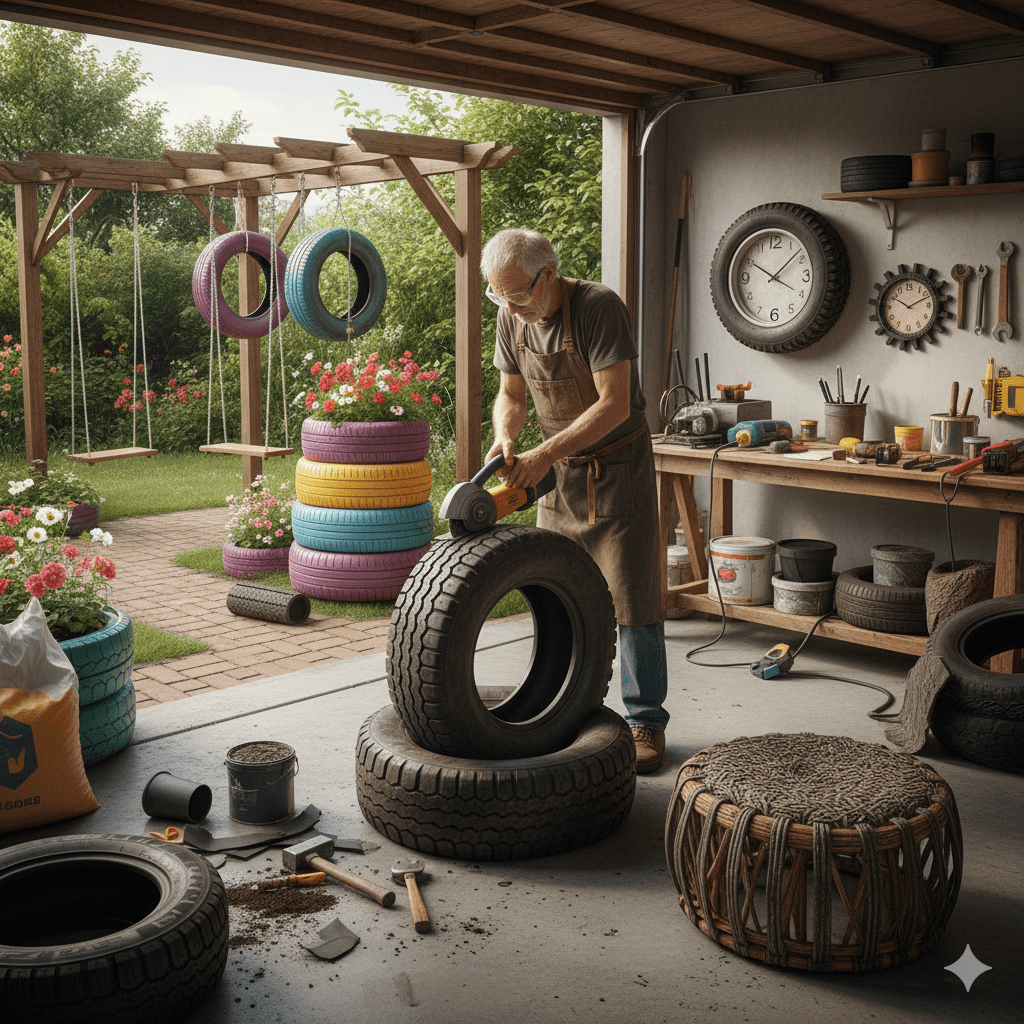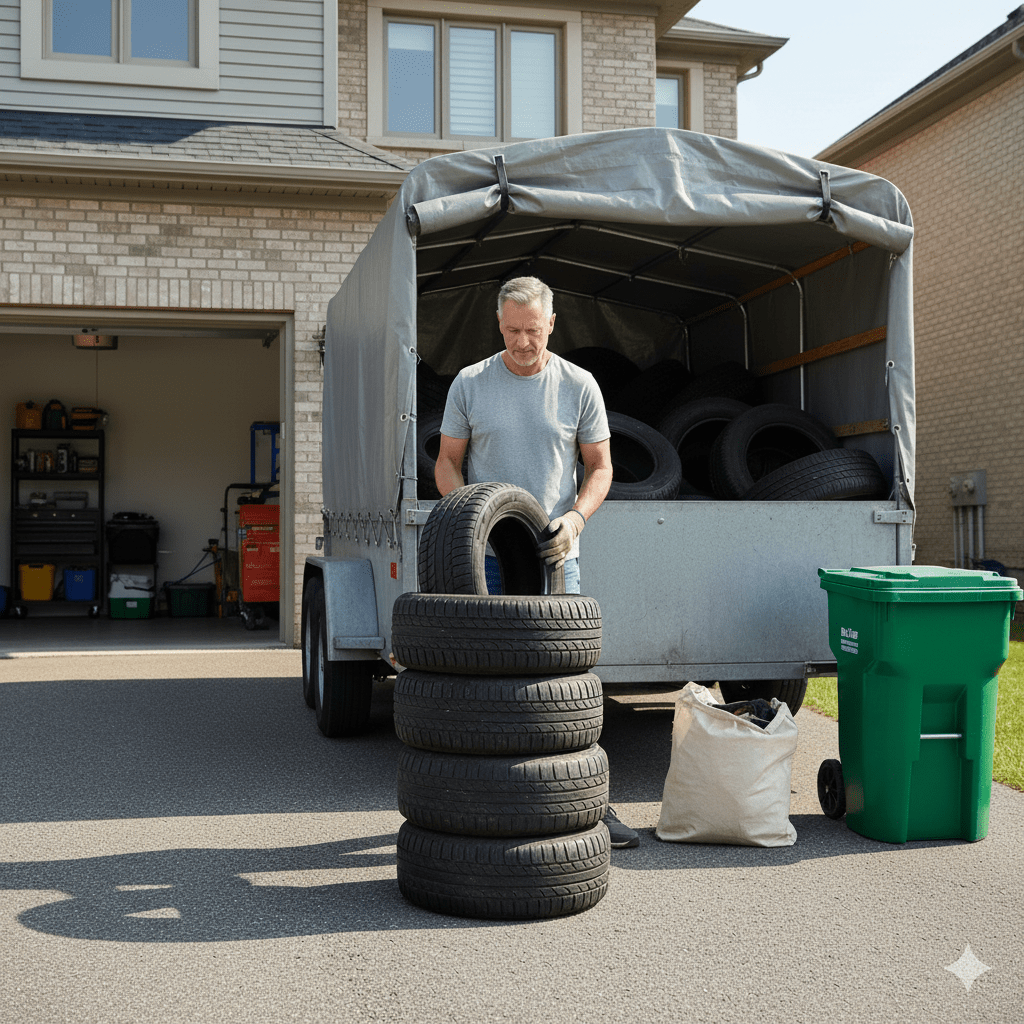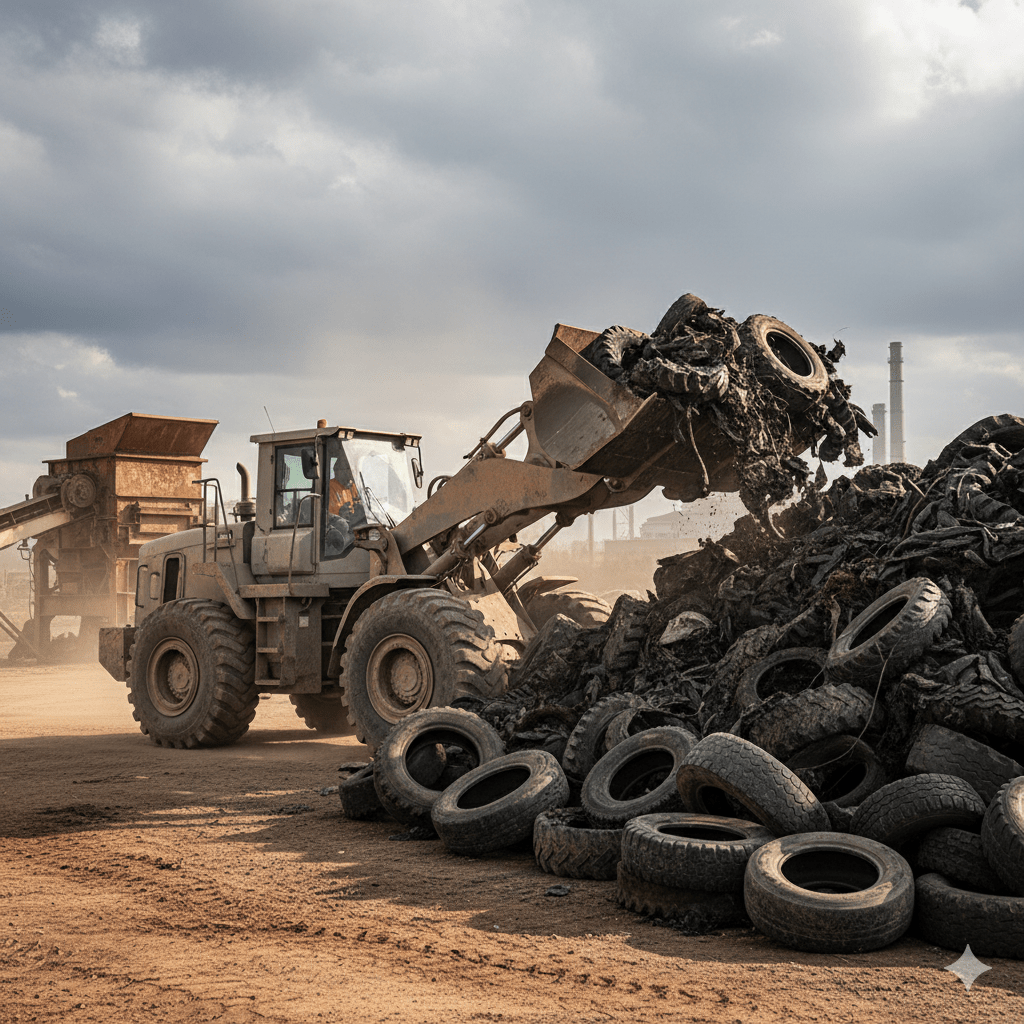There’s a moment when every camper owner has to face the truth. Maybe it’s the fifth roof leak this year. Maybe it’s the mushrooms growing in the wall paneling. Maybe it’s the smell—you know the one. At some point, you stop calling it a camper and start calling it what it is: a mobile money pit.
That’s when camper demolition enters the conversation. You’re not giving up—you’re letting go. Letting go of moldy insulation, wasp colonies in the AC vent, and a propane system that hasn’t worked since the Bush administration.
Let’s talk about how to do it right. Or at least how to not screw it up completely.
Signs It’s Time to Let Your Camper Go
You want to hold on. We get it. You had good memories in there. But nostalgia isn’t a structural material. If your trailer’s more biohazard than getaway vehicle, it’s time.
Major red flags:
- Rot and Mold: If the floor gives like a trampoline, it’s done. No repair will fix wood that flakes like pastry crust.
- Frame Rust or Collapse: Once the metal skeleton is compromised, your camper is no longer a structure. It’s a suggestion.
- Water Damage Everywhere: A few leaks can be patched. A camper with sponge walls and a warped roof? Let it go.
- Failed Repairs That Made It Worse: Duct tape, spray foam, and optimism only get you so far. If you’ve Frankenstein’d it three times already, it’s not coming back.
If it takes more to repair than what you’d spend on a used replacement, you’re throwing good money after bad. That’s the math no one wants to do—but you need to.
Can You DIY a Camper Tear-Down?
Short answer? Yes.
Long answer? It depends how much pain and tetanus you’re comfortable with.
DIY camper removal looks like this:
- Strip everything: windows, panels, doors, interior walls.
- Dismantle cabinetry, appliances, and tanks.
- Cut through aluminum siding and fiberglass panels with saws or grinders.
- Remove the roof.
- Collapse the shell.
- Deal with the mountain of trash you just created.
What you’ll need:
- Sledgehammer
- Reciprocating saw
- Cordless drill (lots of bits)
- Angle grinder
- Gloves, eye protection, and maybe a rabies shot
It’s a lot of labor. A lot of mess. And if your camper’s parked in your yard, prepare for neighbors to start asking weird questions.
Pro tip: Search “demolition services near me” if you want to avoid dragging old wall panels to the dump 47 times.
Hazardous Materials Found in Old Campers
Here’s the gross truth: campers were not built with your lungs in mind.
Common camper death traps:
- Asbestos: Found in insulation, linoleum, or older wall panels.
- Black Mold: If it smells like gym socks soaked in death, you’ve got it.
- Rodent Infestations: Nesting in vents, walls, and insulation. Sometimes alive. Usually not.
- Chemical Residue: Old propane systems, coolant lines, or hidden batteries can leak toxins over time.
- Lead Paint: More common in vintage trailers from the 1960s–70s.
If you don’t want to spend your weekend hacking up drywall while inhaling mystery mold spores, hire someone who brings hazmat gear and knows what they’re doing.
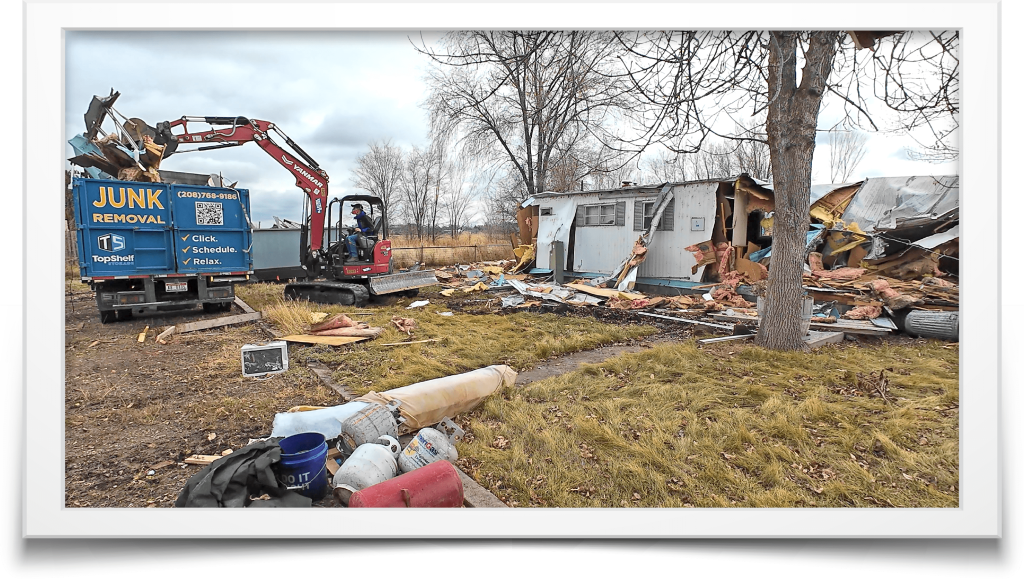
Trailer Demolition Costs and Junk Removal Options
Okay, now for the part that makes your wallet flinch.
| Task | Cost Range |
|---|---|
| Full Camper Demolition (by pros) | $1,000–$3,000 |
| Dumpster Rental | $300–$800 |
| Junk Hauling (DIY Demolition Debris) | $500–$1,200 |
| Asbestos/Mold Remediation | Add $1,000+ if needed |
What drives up cost:
- Size and structure (a fifth wheel takes longer than a pop-up)
- Built-in decks or add-ons
- Access issues (can a dump trailer back up to it?)
- Local landfill fees (some charge by the pound)
You might think you’ll save money doing it all yourself. But by the time you’ve paid for dumpster rental, protective gear, tool replacement, and your third chiropractor visit—well, you get the idea.
Some demolition companies include hauling and disposal in the quote. Some don’t. Ask. Get it in writing. Trust no one.
What to Do with the Chassis and Salvageable Parts
Just because the shell is trash doesn’t mean everything is.
Frame/Chassis:
If the metal frame isn’t rusted out, you can:
- Scrap it for cash
- Convert it into a utility trailer (if you’re handy)
- Sell it to someone else who wants to DIY their own build
What else you can salvage:
- Windows (if intact)
- Appliances (fridge, oven, microwave)
- Fixtures (sinks, light covers, propane tanks)
- Axles and wheels
- Aluminum siding (for scrap)
Just make sure you remove and store these before demo day. Once the hammers start swinging, everything gets collateral damage.
Also: if you’re calling a demolition company, ask if they let you salvage before teardown or if they roll in like a wrecking crew on caffeine and regret.
Final Thought: It’s Okay to Say Goodbye
Your camper served its purpose. It gave you shelter, maybe some adventures, and definitely some electrical problems you still complain about. But when it turns into a moldy coffin on wheels, it’s time.
Camper removal doesn’t have to be traumatic. It just has to be deliberate. Whether you DIY it or call in the pros for trailer demolition, the result is the same: a clear space, less stress, and one fewer “project” hanging over your head.
It’s okay to say goodbye. It’s okay to crush it into pieces.
And it’s more than okay to never own another camper again.


